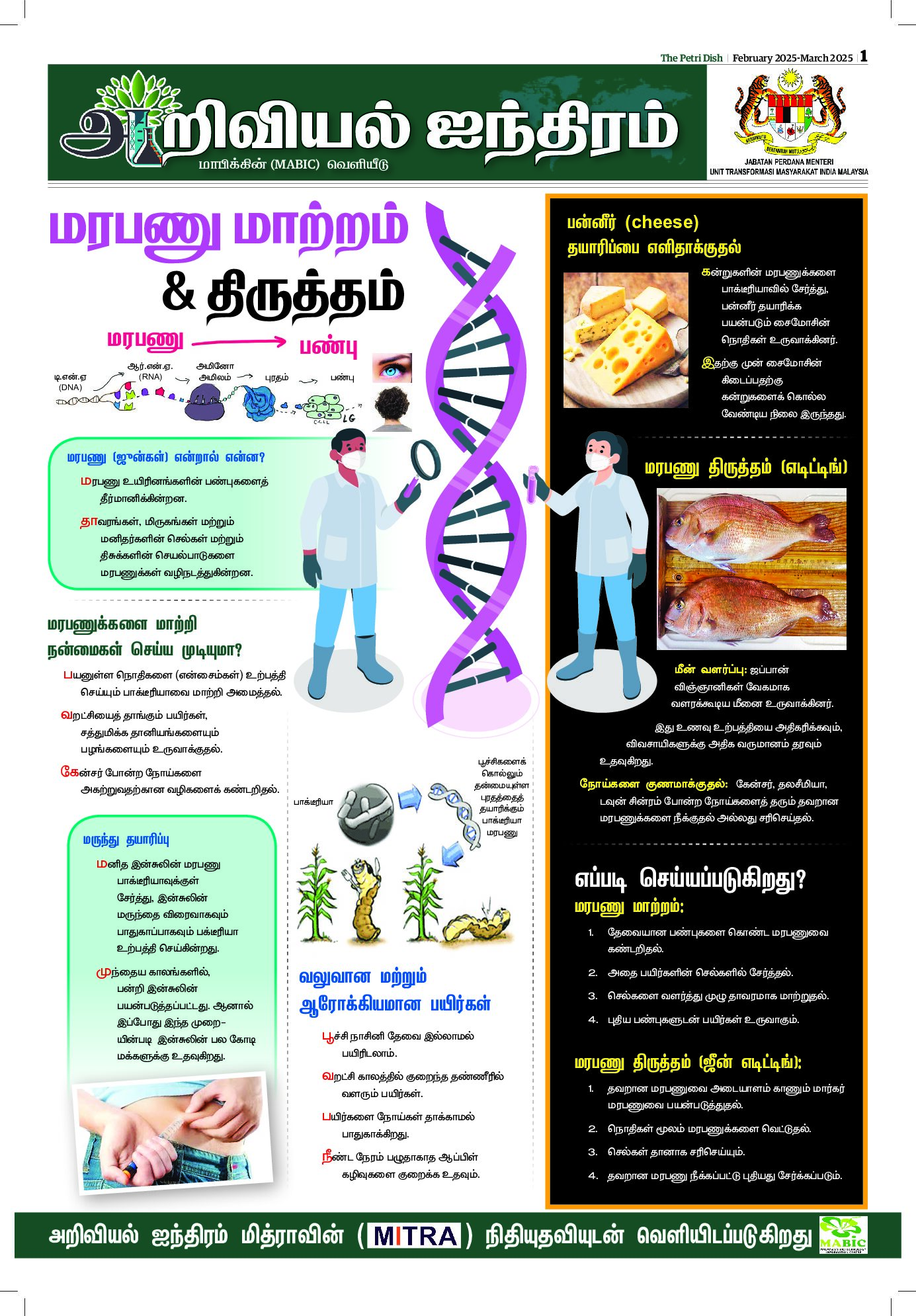BY DATUK PROF M NASIR SHAMSUDIN

TRENDS in Malaysian food consumption are typical of those of developing economies, where structural changes in dietary habits can be categorised into the following stages: an initial increase in the consumption of traditional staple foods (such as rice); followed by an increase in the consumption of non-traditional staple foods (such as wheat and secondary products derived from traditional staple material); diversification in consumption habits including the time and place of consumption; and an increase in the consumption of a greater variety and volume of higher value and higher proteins foods (such as meat, fish and milk).
The latter is likely to be at the expense of traditional sources of lower-quality protein (such as cereals) rather than the sources of traditional higher-quality protein. Hence, in Malaysia, it is generally observed that the demand for meat, fish, dairy products, and food away from home has increased considerably, while the importance of rice as a staple food is decreasing steadily.












